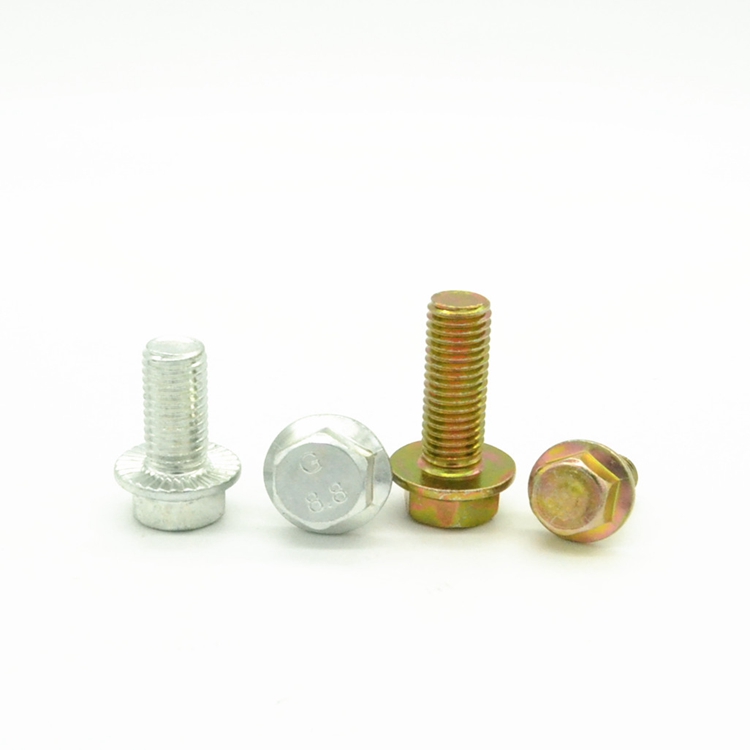High-Quality Toilet Bolt Tightening Solutions for Secure and Durable Installation
Dec . 03, 2024 14:40 Back to list
High-Quality Toilet Bolt Tightening Solutions for Secure and Durable Installation
High-Quality Tighten Toilet Bolts A Comprehensive Guide
When it comes to maintaining a well-functioning bathroom, one of the most overlooked aspects is the securing of toilet bolts. These small but important components play a crucial role in ensuring that your toilet stays stable and leak-free. In this article, we will delve into the significance of high-quality toilet bolts, the best practices for tightening them, and tips to avoid common pitfalls.
Understanding Toilet Bolts
Toilet bolts, also known as closet bolts, are used to secure a toilet to the floor. Typically made from materials like brass or stainless steel, these bolts are designed to withstand the weight of the toilet and provide a solid anchor point. Over time, however, factors such as corrosion, wear, and improper installation can compromise their integrity, leading to wobbling or even leaks.
The Importance of High-Quality Materials
Opting for high-quality toilet bolts is essential. Inferior materials can lead to rusting and deterioration, especially in humid bathroom environments. Stainless steel bolts, for example, offer a perfect combination of durability and resistance to corrosion. On the other hand, plastic or low-quality metal bolts might save money initially but can lead to costly repairs down the line due to leaks or instability.
How to Properly Tighten Toilet Bolts
1. Preparation Before you start tightening the bolts, make sure you have the right tools. A socket wrench and a pair of pliers should suffice. Additionally, ensure the toilet is completely stable before proceeding.
2. Check Alignment If your toilet has been recently installed, check its alignment with the flange. Misalignment can cause uneven pressure on the bolts, leading to potential failure. Adjust the positioning if necessary.
high quality tighten toilet bolts

3. Use Even Force When tightening the bolts, make sure to apply even force to each side of the toilet. Start with finger-tightening to secure the toilet in place, then use the socket wrench to provide additional torque. Avoid using excessive force, as this can strip the bolt or damage the toilet base.
4. Alternate Tightening Instead of tightening one bolt fully and then moving to the other, alternate between them. This technique helps maintain an even pressure distribution, ensuring the toilet stays level.
5. Final Inspection After you’ve tightened the bolts, it’s crucial to check for any movement of the toilet. Give it a gentle shake; if it wobbles, you may need to tighten the bolts further. Additionally, inspect for any signs of leaks around the base after flushing.
Common Pitfalls to Avoid
- Over-tightening This is one of the most common mistakes. Over-tightening can lead to cracks in the porcelain or distort the mounting area, resulting in future issues. - Neglecting Regular Maintenance Toilet bolts should be checked periodically as part of your bathroom maintenance routine. Regular inspections can help prevent leaks and ensure stability.
- Ignoring Corrosion Signs If you notice rust or corrosion on your toilet bolts, it’s time to replace them. Ignoring such signs can lead to significant plumbing issues.
Conclusion
In summary, ensuring that your toilet is securely fastened with high-quality bolts is crucial for the longevity of your bathroom fixtures and for preventing leaks. By understanding the importance of proper tightening techniques and recognizing the signs of wear and tear, you can maintain a stable and functional bathroom. Remember, a little maintenance goes a long way in keeping your toilet and overall bathroom in top shape. So, invest in quality materials and make routine checks a part of your home maintenance plan for a trouble-free toilet experience.
Latest news
-
High-Quality Panel Stud Bolt Reliable Panel Stud Bolt Factory & Suppliers
NewsJul.08,2025
-
High-Precision Fine Thread Locknuts Manufacturer & Supplier Custom Solutions
NewsJul.08,2025
-
PH Imperial Stud Bolt – High Strength Fasteners from Leading Supplier & Factory
NewsJul.07,2025
-
High-Quality Allen Wrench Bolts Leading Factory, Company & Suppliers
NewsJul.07,2025
-
Wholesale Ball Stud Bolt - High Quality Supplier & Factory Price Reliable Wholesale Ball Stud Bolt Company
NewsJul.06,2025
-
High-Strength Alloy Bolts Manufacturer & Supplier Quality Alloy Fasteners Factory
NewsJul.06,2025
